cont’d from post above
In his element at this expansion, Noriega, when he took over as Commander in 1983, put his personal stamp on the old National Guard by re-naming in the Panama Defense Forces. This was formalized by Law 20 of September 29, 1983. At the time of the U.S. invasion, the total strength of the PDF was about 15,000, but it counted only about 3,500 fighting men in two combat battalions and eight light infantry companies. This was supplemented by a navy with 400 personnel, two patrol craft, two coast guard cutters and 13 launches; and an airforce with 500 personnel, four armed military reconnaissance planes, eight transport planes and eight other light planes.
What Law 20 did not promulgate was the formation of Noriega’s infamous “Dignity Battalions”’ a civilian para-military force intended as a “Home Guard”. It was supposed to consist of a broad cross-section of the society and at one time in 1988, Government workers of all categories from heads of department down were served “conscription” notices requiring them to report for Dignity Battalion duty—or else. The hardcore of its membership, however, comprised criminal and questionable elements of the professional unemployed for whom the incentive of free meals and the status of a gun was irresistible.
Nevertheless, the Dignity Battalions caused the problems for the U.S. army long after the infantry battalions of the regular PDF had been killed, surrendered or fled.
About seven hours after “H hour”, most of the organized resistance was crushed and the war was over. The fighting, however, was not. As the tropical sun of Day 1 rose in the blue sky to beat down upon American patrols newly arrived from icy regions, sniping groups from Dignity Battalions and possibly PDF soldiers in civilian clothes added considerably to their discomfort.
One serious blunder committed by the U.S. invasion strategists was allowing the Government radio station, Radio Nacional to broadcast all that morning. While the U.S. Forces Channel 8 and one other commercial TV channel urged citizens to stay inside, announcers of Radio Nacional screamed a constant message: “ Go out and face the aggressors … be prepared to die for your country”. Noriega’s principal bodyguard Lt. Asuncion Gaitan went on the air to announce that Noriega was “well and in a safe place”. He also gave a series of specific messages, using code names and instructions.
A typical message was this one to the Dignity Battalions: “Operate in small groups during the day or look for positions and mix with the people who support you and at night move and act against the enemy position in the periphery of the city”. Noriega’s voice was also heard on a private FM station exhorting the people to resist. In the afternoon, the U.S. shelled the Radio Nacional studio which was in a high-rise government building overlooking the bay on Avenida Balboa.
By Day 3, with U.S. troops still meeting resistance in Panama City, Gen. Maxwell Thurman, commander-in-chief- of U.S. Southern Command admitted that the mission was much tougher than expected. He declared that his soldiers were fighting “a real war” as they struggled to suppress an estimated 2,000 well-armed Noriega loyalists.
General Thurman’s own headquarters even came under attack by mortar and machine gun fire in the fourth day of the conflict, causing officers and journalists at a briefing to dive for the floor. At the same time, the nearby headquarters of the PDF traffic police, at Ancon, which was in American hands, was fiercely attacked. At the time it was full of former PDF members who had surrendered and volunteered to form a new police force. The attack was obviously aimed as much against the Panamanians as the Americans. Eye witness accounts from other areas of conflict tell of PDF soldiers being gunned down by members of the Dignity Battalions as they surrendered.
to be continued in future posts
Jones, Kenneth J., The Enemy Within: Casting Out Panama’s Demon
Copyright © 1990 Focus Publications, (Int.), S.A.
Subscribe to:
Post Comments (Atom)
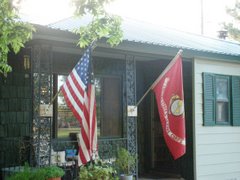
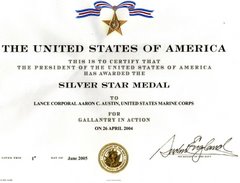
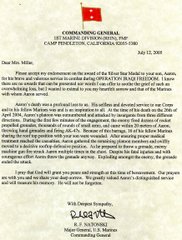
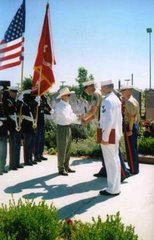


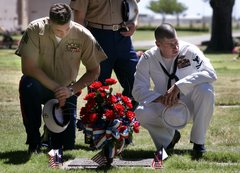

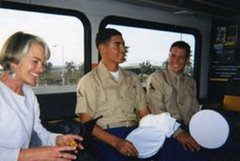

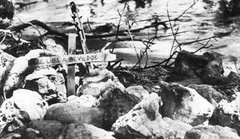


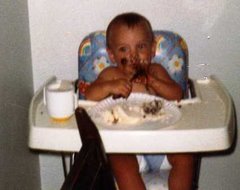

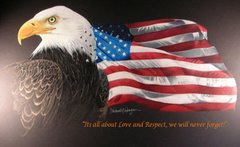
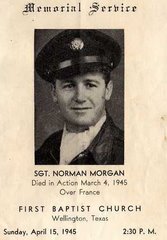
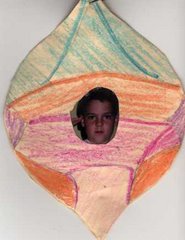

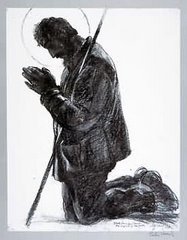
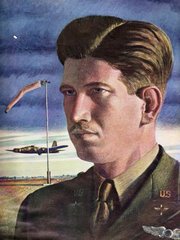
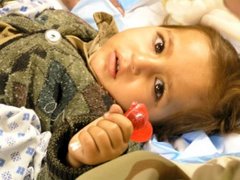
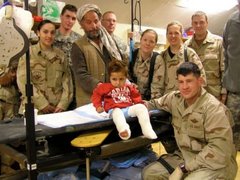
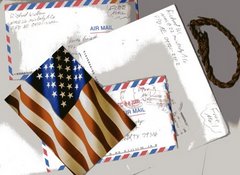

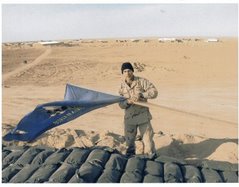


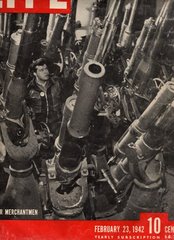
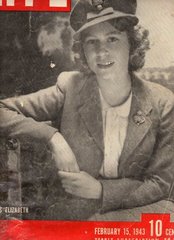

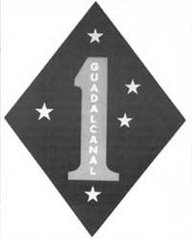
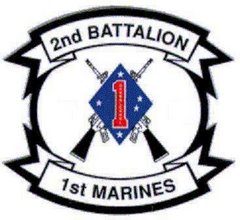


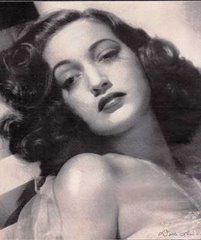

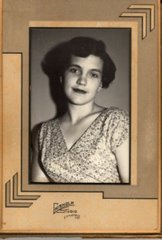

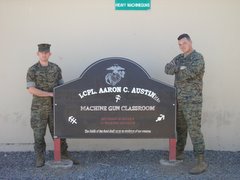

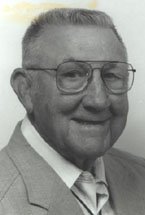

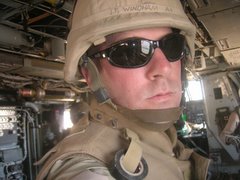
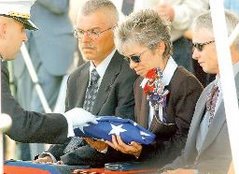


No comments:
Post a Comment